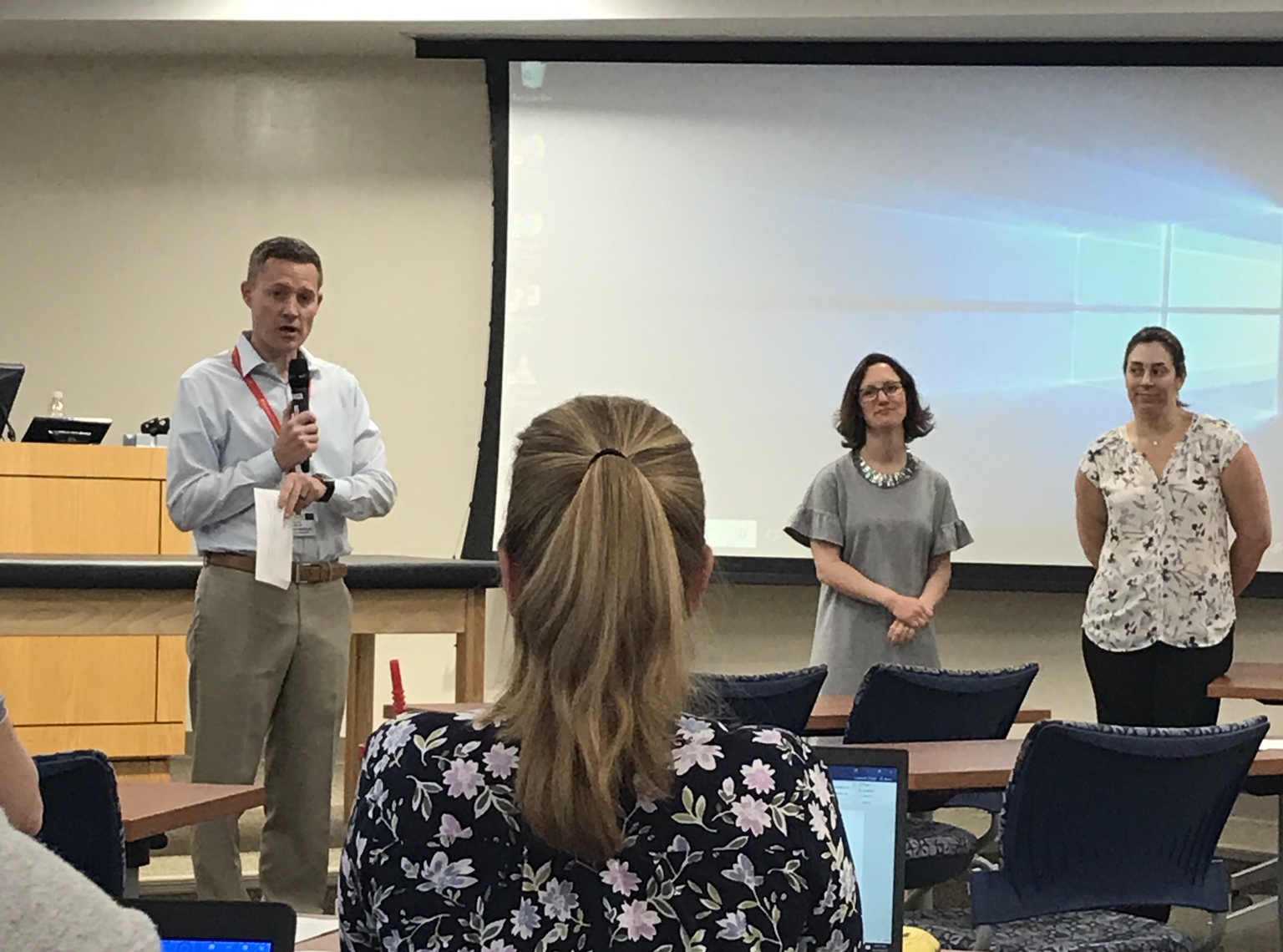In 2019 “everything is changing around us,” and the faculty at the Washington University Program in Physical Therapy are building a new curriculum that will ensure students receive the most relevant and complete education in this rapidly evolving environment, says Dr. Steven Ambler, Associate Director of Professional Curriculum in Physical Therapy.
“We’re looking hard at the future of physical therapist practice,” he says. “Health care must become more value-based and focused on prevention, and our profession needs to prepare students in terms of this societal shift.”

At the same time, Ambler and his colleagues recognize the need to adapt to a changing landscape in higher education. Students seek more flexibility, learning environments that support a more diverse student body, and a more tangible return on investment from their education.
All this means that, beginning in the fall of 2021, students in the WUPT program will focus on achieving competence rather than simply passing traditional classes. “Competency-based education is the new frontier in PT education, and we are positioned at the leading edge of that frontier,” says Dr. Gammon Earhart, Director of the Program in Physical Therapy.
Under Ambler’s guidance, faculty began developing the updated curriculum last year, first identifying core domains of competence that create transformative leaders. “We then shifted to building the curriculum architecture,” Ambler says. With the competencies and program structure in place, content development is now underway.

“I believe the new curriculum will give students the greater flexibility they seek in their training and faculty greater ability to identify students who need more assistance or more challenges,” Earhart notes. “It will allow us to continue, and enhance, our culture of collaboration where everyone is valued for their unique talents and roles in the program.”
Students who enroll in the updated program will move between classroom discussions and clinical settings from the beginning of their physical therapy education. Working directly with patients from the start, students will achieve deeper understanding of how concepts and scientific findings connect to real-world situations and practice.
One of the most notable shifts for students will be in driving their own progress by recognizing and demonstrating competence. “Traditionally, students have been reluctant to admit when they don’t understand something for fear it will affect their grade,” Ambler says. “But we need them to tell us what they need more exposure to so the faculty can work with them to provide feedback and offer ample opportunities to improve where necessary.”
Earhart adds that the student-centered, personalized aspects of the new curriculum will create the field’s future leaders. “Students may find it challenging to think about their education as a continuum with milestones to be met rather than as a series of discrete courses, but I think they will find great value in the model once they are immersed in it,” she says.